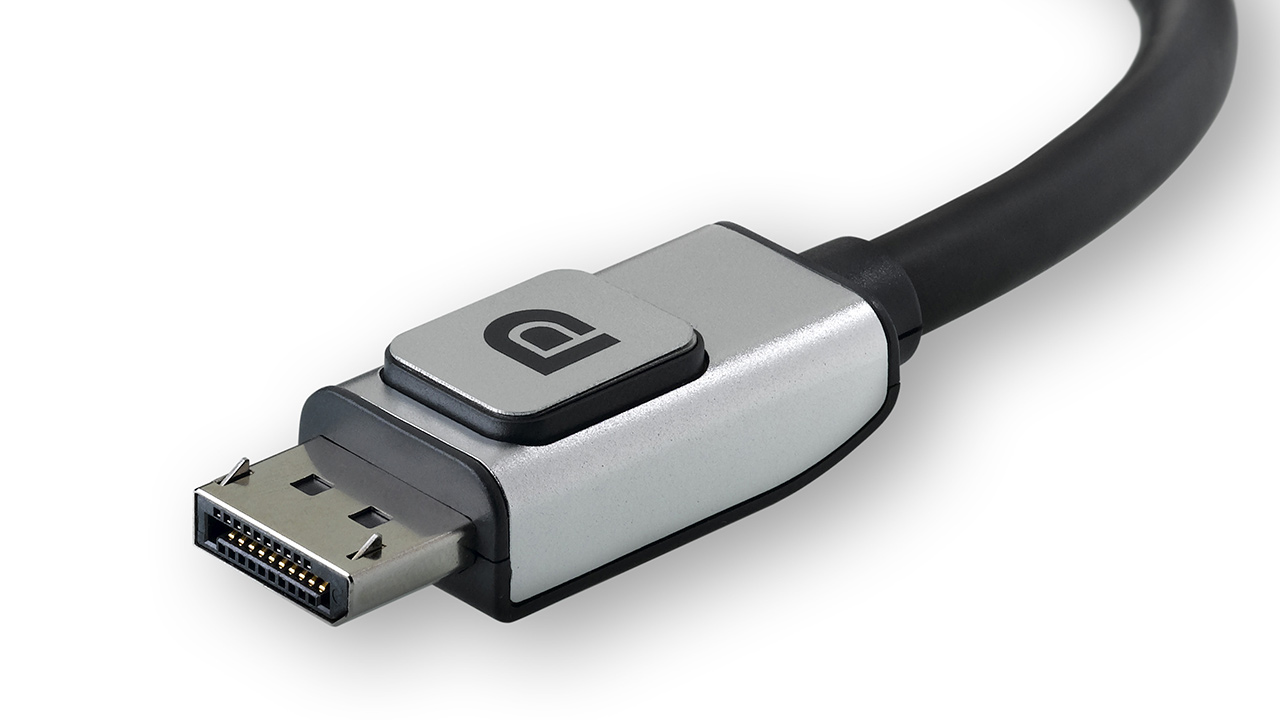DisplayPort 2.0 monitors? Late, and it's the fault of the pandemic
Source: HW Upgrade added 15th Jan 2021
DisplayPort 2.0 monitors should have debuted by the end 2020, but the problems created by the pandemic have slowed development by at least a year. Meanwhile, the manufacturers are focusing on HDMI 2.1.
by Manolo De Agostini published 15 January 2021 , at 12: 41 in the Peripherals channel
Although almost two years have passed since the publication of the specifications DisplayPort 2.0 , some monitors with this interface have not yet appeared on the market. The Video Electronics Standards Association ( VESA ) confirmed to The Verge that indeed there is a delay on the times , with a shift compared to initial forecasts. The reason? The pandemic .
“Monitors with DisplayPort support 2.0 are currently in development, but none have yet been brought to market “, explained a spokesperson for VESA, announcing that we will have to wait at least the second half of the year . In the 2020 the COVID pandemic – 19 blocked the Plugtest events , occasions in which engineers and manufacturers test new solutions and solve interoperability problems.
“In 2020 VESA did not hold any PlugTest and this slowed the implementation of DisplayPort 2.0, “the spokesperson added. “VESA is now planning the next PlugTest for this spring in Taiwan, so we expect to resume the process ” .
The 2.0 specification is a big improvement for DisplayPort over version 1.4 we see on today’s monitors. With a peak transfer rate of almost 80 Gbps , a leap nearly three times over the 1.4 specification, a DisplayPort 2.0 port will support 8K displays also with refresh rate of 60 Hz, color sampling 4 : 4: 4 and 30 bits for pixel (bpp) without any compression.
The new standard will also be able to manage panels 16 K with an update frequency of 60 Hz, also in this case with 4: 4: 4 color sampling and 30 bpp, however implementing Display Stream Compression (DSC) to ensure a continuous stream of images without interruptions or artifacts. DP 2.0 will also be able to manage displays 10 K a 60 Uncompressed Hz at 24 bpp and other resolutions. Here are some examples of possible configurations using the DP 2.0 bandwidth:
- A display of 16 K (15360 x 8460) a 60 Hz and 30 bpp 4: 4: 4 HDR (with DSC)
- A display from 10 K (10240 x 4320) a 60 Hz and 24 bpp 4: 4: 4 (without compression)
- Two 8K displays (7680 x 4320) @ 120 Hz and 40 bpp 4: 4: 4 HDR (with DSC)
- Two 4K displays (3840 x 2160) @ 144 Hz and 24 bpp 4: 4: 4 (Uncompressed)
- Three displays 10 K (10240 x 4320) @ 60 Hz and 30 bpp 4: 4: 4 HDR (with DSC)
- Three 4K displays (3840 x 2160) @ 90 Hz and 24 bpp 4: 4: 4 HDR (Uncompressed)
DisplayPort Alternate Mode (“Alt Mode”) 2.0 ports will all these features to the USB4 Type C connectors. In the meantime, monitors with HDMI 2.1 ports are arriving on the market: the specification is supported by the latest GPUs from AMD and Nvidia (unlike DP 2.0) and allows you to create products of absolute importance , such as 4K monitors at 144 Hz, but potentially 8K solutions as well a 40 Hz that can be managed with a single cable.
